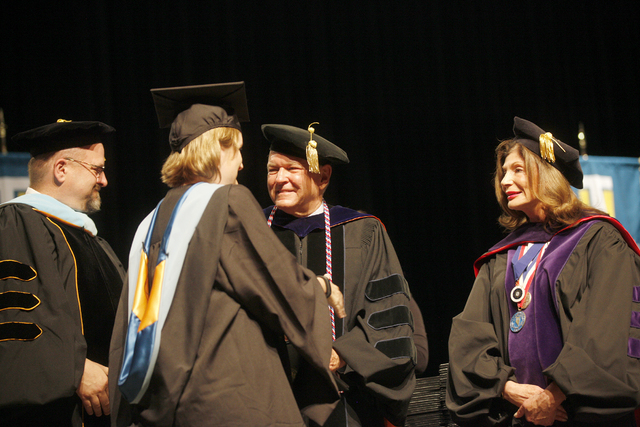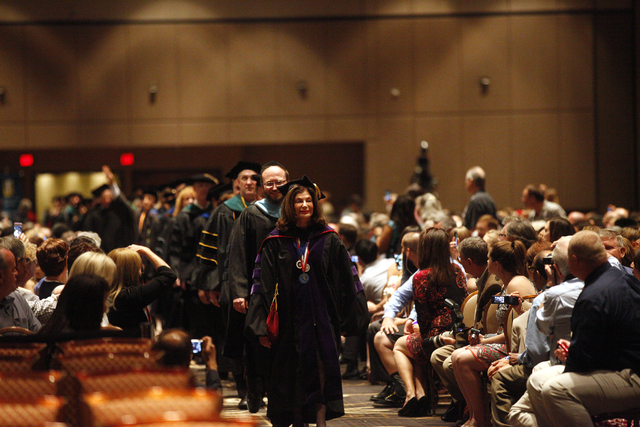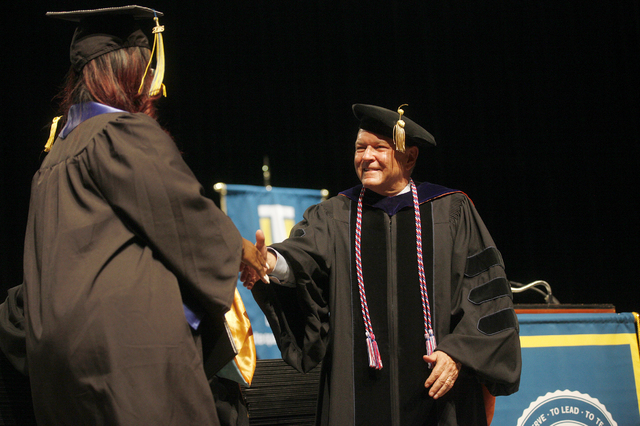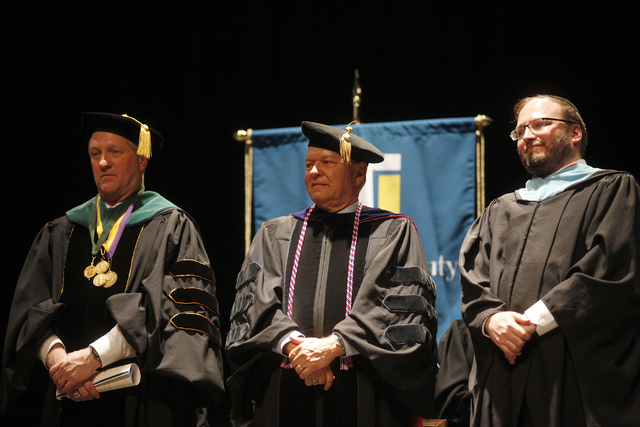Blame growth for much of Nevada’s poor health care rankings, studies say
Two recently released reports from the University of Nevada School of Medicine say Nevada has remained near the bottom of many health care rankings partly because of population growth.
The 2016 editions of Physician Workforce in Nevada and Health Workforce Supply in Nevada, released last month, offer insight into the state’s health care workforce, including what researchers say is the importance of education and training opportunities in meeting the state’s health care needs.
The health care workforce, including administrative and nonclinical positions, amounts to about 10 percent of the state’s total workforce.
Nevada falls well below the national rates of medical doctors per 100,000 members of the population and doctors in patient care per 100,000 population, according to the physician workforce report.
The report also says the number of MDs per capita in 16 of 39 medical specialties hasn’t kept up with the past 20 years of population growth.
Nevada has seen increases in the number of health care practitioners in many fields, but that growth isn’t reflected in per capita numbers because of the state’s growth, said John Packham, health policy research director at the medical school.

Nevada’s population grew from roughly 2 million people in 2000 to 2.8 million in 2014, according to the U.S. Census Bureau.
“A common feature of licensure trends over the past decade has been substantial growth in the number of licensees for most health professions, yet modest, if little, growth in the number of licensed health professionals per capita,” according to the health care workforce report.
Dr. Raymond Alden, campus provost at Touro University, described Nevada as a “very much underserved health care state,” largely owing to rapid growth, especially among seniors, that hasn’t allowed the state to keep pace with the population’s needs.
Gains, including per capita growth of the number of advanced practitioners of nursing and physician assistants over the last 10 years, have been overshadowed by the state’s national rankings, Packham said.
Per capita, Nevada ranks 48th in the nation in physicians and 50th in primary care physicians.
Packham emphasized the role of education in strengthening the state’s health care workforce.
“The report provides fresh evidence of the need for policy makers to increase both undergraduate and graduate medical education opportunities in the state if we’re to meet the anticipated growth in demand for medical services over the next decade,” he said in a statement.
The percentage of physicians practicing in the state in which they completed their residencies is high in Nevada, which ranks eighth nationally in that category.
The Silver State ranks sixth in physicians practicing in the same state where they completed both their medical school and residency programs.
Packham said those statistics can be key to increasing Nevada’s physician workforce, showing that keeping medical students in Nevada for their residencies may keep them in state when they’re ready to practice.
However, opportunities for residencies and more spaces in the classroom for additional students is key, he said.
Alden agreed.
“Trying to keep up with the demand is a real challenge, so that’s part of the issue,” he said. “Another part of the issue is that in order to educate the health care workers of the future, you have to have clerkships and internships for them in the state.”
Contact Pashtana Usufzy at pusufzy@reviewjournal.com or 702-380-4563. Find @pashtana_u on Twitter.
RELATED ITEMS
The Physician Workforce in Nevada – 2016 Edition
Health Workforce Supply in Nevada – 2016 Edition


























